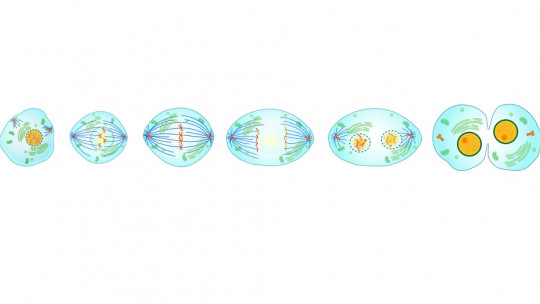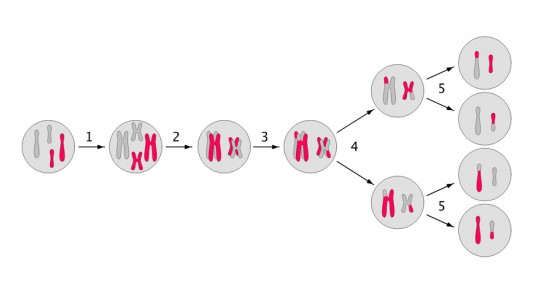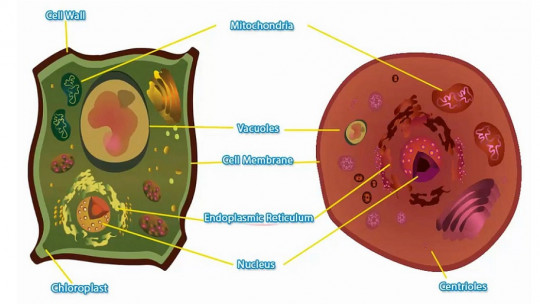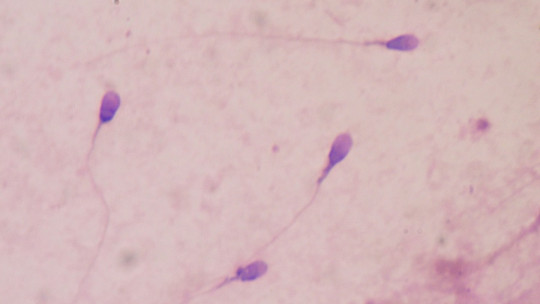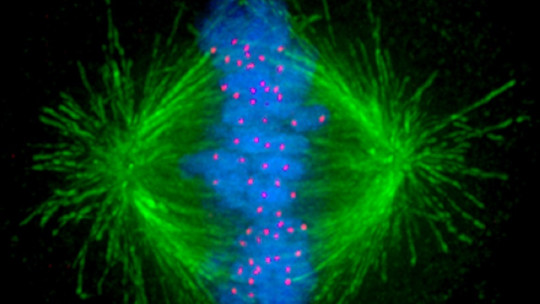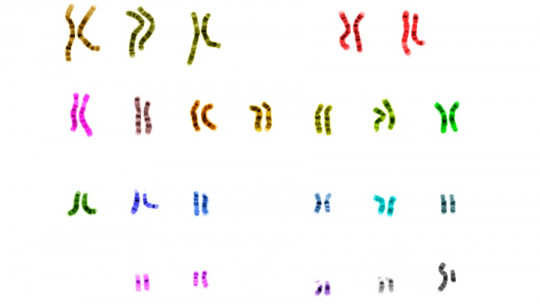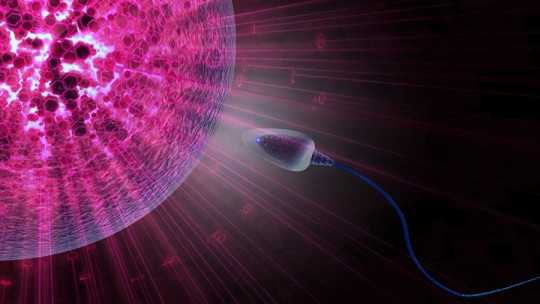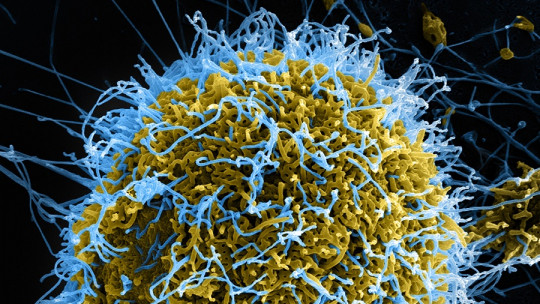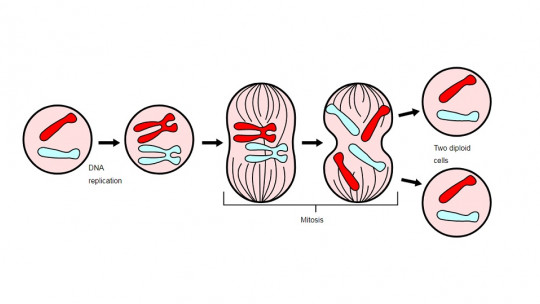
The cell is the unit of life. Probably, one of the fundamental characteristics of these is the ability that these living beings have when it comes to self-reproduction.
All cells reproduce by dividing into several daughter cells, which in turn can continue to proliferate. In the case that concerns us as humans, that is, in eukaryotic cells, there are two types of division: mitosis and meiosis. For this occasion, I will focus on the first of them and explain the phases of mitosis carried out to carry out the formation of two daughter cells.
The common phase
The cells follow the pattern of a sequential process that concludes in cell division This process is known as the cell cycle. In short, the cycle consists of preparing the cell for its imminent division of two. This process has traditionally been divided into two large phases: the interphase and the M phase. The latter would actually be the mitosis phase. The interface is shared in both mitosis and meiosis.
If the eukaryotic cell cycle took 24 hours, the interphase would occupy 23 of these, leaving only one hour for its division. It is normal that it takes so long, since during this stage the cell doubles its size, doubles its genetic content and prepares the necessary tools so that everything goes well in the formation of new cells.
The interface, in general, is divided into three stages:
Once the cell enters the S phase, there is no turning back in the division process, unless it is detected that its DNA is damaged. Cells have signaling systems that allow the recognition of their DNA and if something goes wrong, they can stop the process so as not to cause major problems. If everything is fine, the cell is now prepared for its imminent proliferation.
Phases of mitosis
After completing the interface, the cell enters the M phase with the aim of forming new cells Mitosis results in two sister cells, with the same genetic content. Mitosis has differences depending on the eukaryotic cell that performs it, but they all have in common the condensation of the chromosomes, the formation of the mitotic spindle and the union of the chromosomes to the latter…. many new concepts that I will clarify.
Traditionally, mitosis has been divided into four distinct stages: prophase, metaphase, anaphase and telophase. To explain this process I will focus on the case of human cells.
1. Prophase
At the beginning of Phase M, the replicated DNA that is tangled and condenses into a more compact form known as a chromosome In the case of humans we have 23 chromosomes. As it is still preparing to divide, the chromosomes are still made up of the two chromatids (the original and the copy), joined by a midpoint known as the centromere, giving the typical image of an X.
Not only does this happen; It is worth remembering that the genetic material is found inside a nucleus, and to be able to access it, the membrane that surrounds them must degrade. In addition, the mitotic spindle is generated, a set of filamentous protein structures (microtubules), which will later act as chromosome transport pathways.
2. Metaphase
When These microtubules attach to the centromere of chromosomes and they line up right in the center of the cell is when metaphase occurs. We are already at the point where the genetic content is separated. It is a phase of mitosis that is rapid.
3. Anaphase
In this phase of mitosis you will understand how the mitotic spindle works. What it does is separate the sister chromatids and drags them to opposite poles, as if they were a fishing rod that is collecting the line. This way it is possible to have the same genetic content in the two new cells.
4. Telophase
Once on opposite sides, the chromosomes decondense into their usual shape and the nucleus that contains them regenerates. Along with this, cytokinesis occurs, that is, the division into two cells This process begins at the end of anaphase, and in the case of animal cells it consists of a contractile ring that strangles the cell membrane more or less in the center, as if it were a balloon, until two independent cells are generated.
The final result of mitosis is the formation of two sister cells in interphase, since they contain the same genetic content and there has been no modification of this, it has simply been replicated It should be noted that any anomaly in this process stops it immediately.

